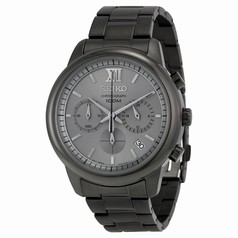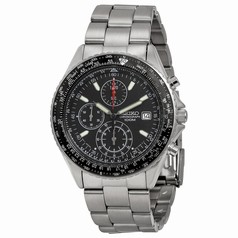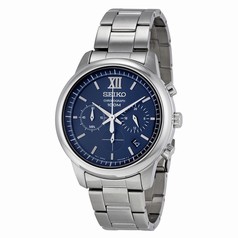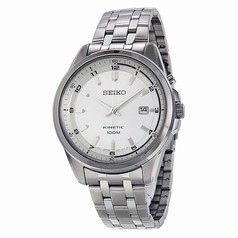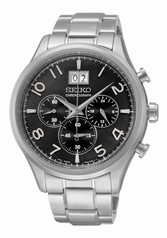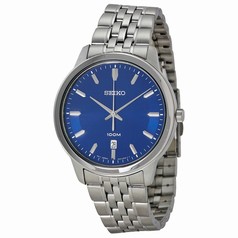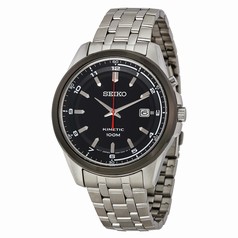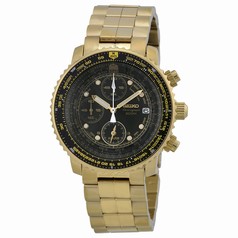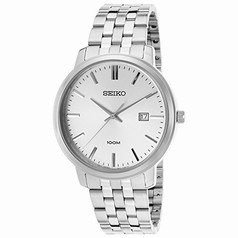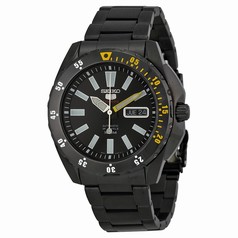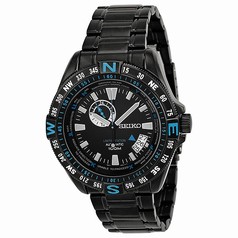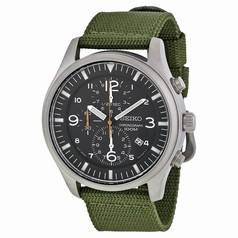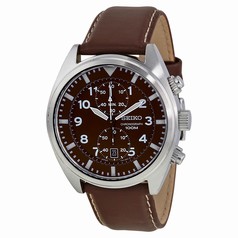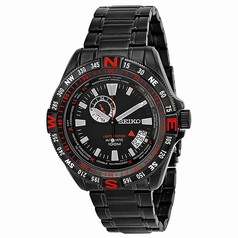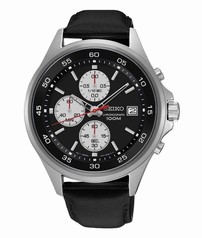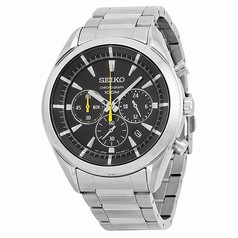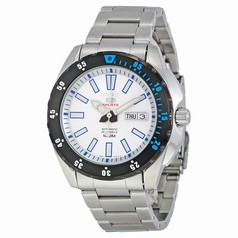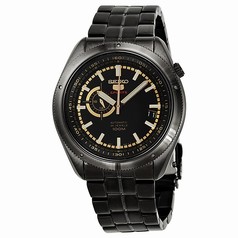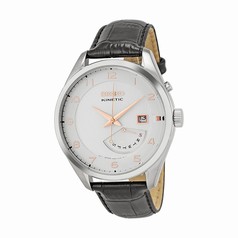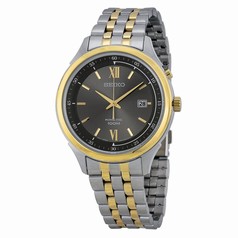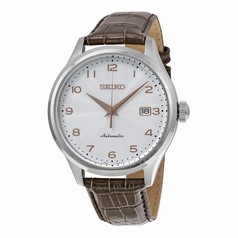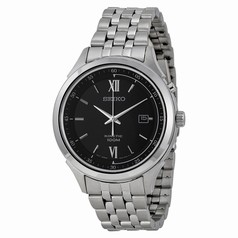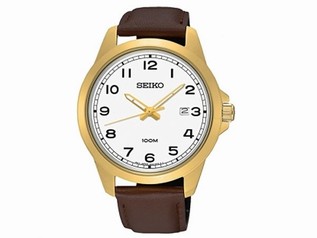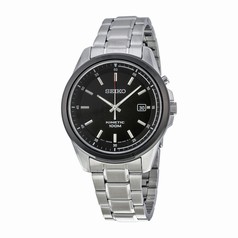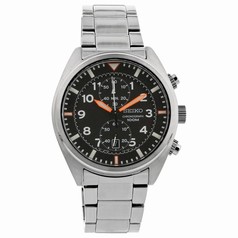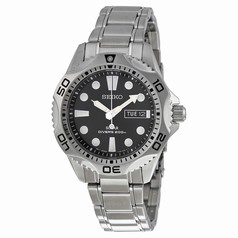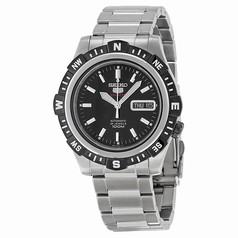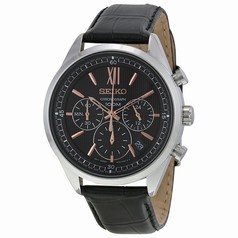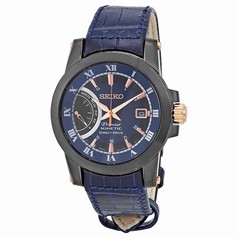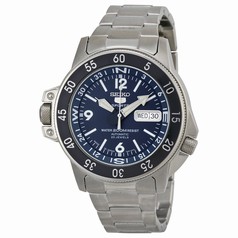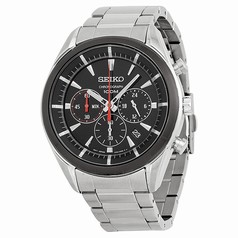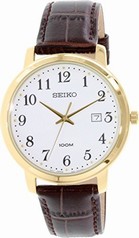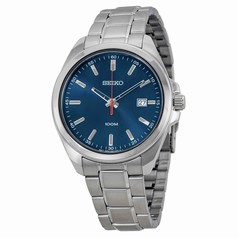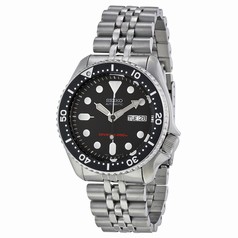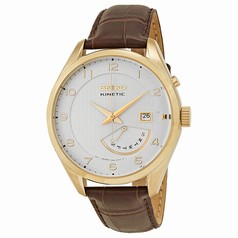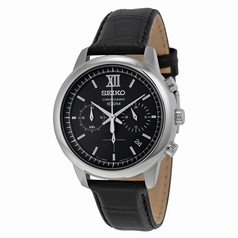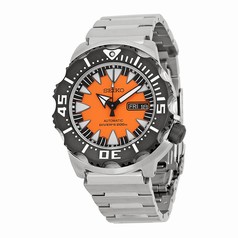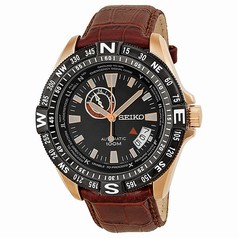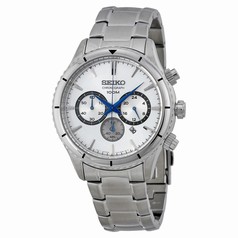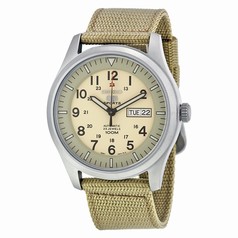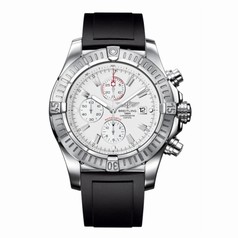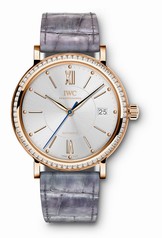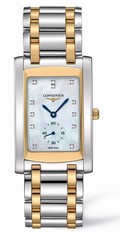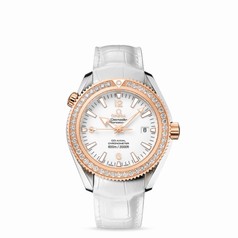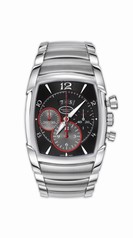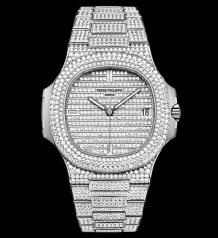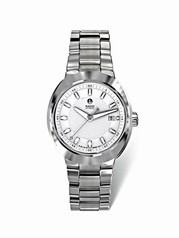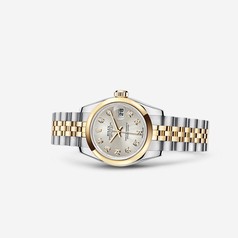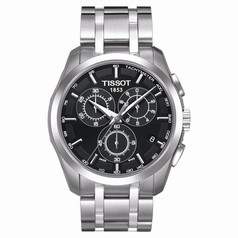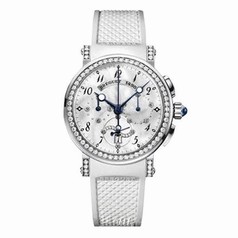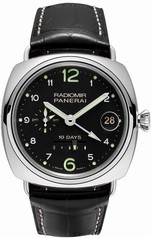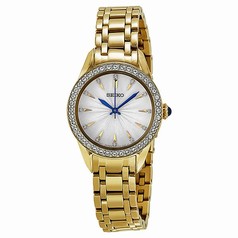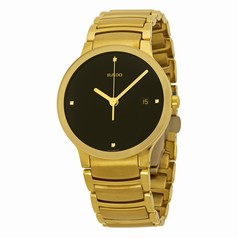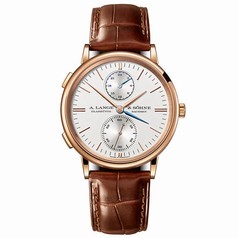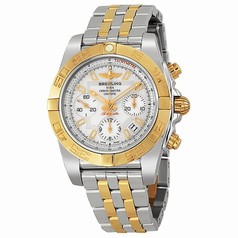Seiko - See the sky, know the time
You can't hide with Seiko's newest Astron GPS Solar, which features a patented GPS receiver that recognizes all of the world's thirty-nine time zones using the global satellite network and since it operates via light power, the wearer won't have to stop in for a battery change anywhere across the globe.
Recall that the original Seiko Astron revolutionized timekeeping in 1969 and was the debut of serially produced quartz technology in wristwatches. Seiko chose not to patent that original Astron movement, allowing other manufacturers to benefit from the technology. This decision played a major role in the accelerated development of quartz timepieces, which dominated the watch industry in less than ten years.
Advanced Technology
With the newest model, Seiko is again at the vanguard of quartz wristwatch technology. It has created its own patented, low-energy-consumption global positioning signal receiver to identify time zone and time and date data using the global GPS network.
GPS is a satellite-based navigation system made up of a network of twenty-four satellites that give location and time information anywhere on or near the Earth. The domain of the US Department of Defense, it was developed in 1973 and became fully operational in 1994. In the 1980s, the government made the system available for civilian use.
How does it work? A GPS receiver calculates its position by timing the signals sent by the GPS satellites orbiting the Earth, each continually transmitting messages that include the time the message was transmitted and the satellite position at the time of transmission.
Using triangulation, the receiver uses the messages it receives to calculate the transit time of each message and computes the distance to each satellite. These distances along with the satellites' location are used to determine the position of the receiver.
Each day, the new Astron GPS Solar receives the signal automatically and connects to four or more of the GPS satellites that orbit the earth. Its position is thus identified, and the time zone and exact time are determined, adjusting the hands automatically.
About 100 patent applications came about as a result of Seiko's research and development, the goal of which was to combine the company's solar technology with GPS capability in a watch that is just 47 mm in diameter and 16.5 mm thick.
Availing itself of Seiko's integrated circuitry expertise, the watch divides the world into one million "squares" and allocates a time zone to each. It is powered simply but not easily by light—any light—absorbed through the dial.
How It Works
Perfect for the world business traveler or vacation junkie, you just press a button at the arrival of your destination and the time zone adjustment happens automatically. It takes six seconds for the time to self-correct and just 30 seconds for the location—and the adjustment occurs whether standing in place or on the run.
"So, if you can see the sky, you will know the time," according to Seiko. In addition, the adjustment to or from Daylight Savings Time is also a one-touch event. The date, too, is always on point, since the watch's perpetual calendar is correct until February 28, 2100. The Astron draws its power from all kinds of light, so battery changes are never an issue, which is another plus for people on the move.
The Collection
The Astron collection has six variations, priced from $2,300 to $3,850, and includes a limited edition created specifically to commemorate this launch. With a high-intensity titanium case with recessed sides and a ceramic bezel, this edition comprises 2,500 pieces.
The case's unique design makes it light and b—b as steel, in fact, but only 60% of its weight. The watch comes with a silicon strap that, according to Seiko, is four times ber than any previous strap of its kind. There are three additional models in high-intensity titanium with ceramic bezels and two in stainless steel, also with ceramic bezels. Both versions are available with or without black coating, on a strap or a bracelet.
All models include a dual time subdial, in-flight mode indicator and sapphire crystal with Super-Clear Coating. Super-Clear Coating, if you've not yet heard of it, is Seiko's proprietary anti-reflective coating that is applied on both the front and back of the glass, preventing 99 percent of light reflection.
The dial features a power reserve indicator to show the amount of energy stored and a date indicator at 3 o'clock. The wearer can easily determine whether a GPS signal has been received—and from how many satellites—and whether Daylight Savings Time is in force. The Astron GPS Solar is powered by the quartz caliber 7X52 and is accurate to one second every 100,000 years, thanks to the time signal it receives from the atomic clocks in each GPS satellite.
This newest Astron is worthy progeny of a watch that changed the course of timekeeping history. And it makes one wonder what might be coming next from this innovative watchmaker.
When Seiko introduced its Quartz Astron in 1969, it marked the culmination of a decade of development in the field of quartz technology. The research and development laboratory at Suwa Seikosha began work in 1959 in regulating time using charged quartz crystals. This project, known secretly as Project 59A, soon developed its first operating quartz clock, placed inside an imposing cabinet standing 2.1 meters high and 1.2 meters wide.
Three years later, Seiko had dramatically reduced the required electronics in its effort to manufacture a quartz marine chronometer to be used in the Japanese shipping industry. Miniaturization by an order of magnitude succeeded in reducing the quartz timepiece to only 3 kilograms for the Crystal Chronometer used to time events at the 1964 Olympics in Tokyo. This later became Seiko's first commercial quartz timepiece, selling for $350 at the time.
By this time Seiko was examining the possibility further size reductions in all internal components in the push for a quartz wristwatch. Seiko succeeded in doing this thanks to a dramatic reduction in the size of the stepping motor and integrated circuits. Significant reductions in power consumption were also achieved. Further development in IC's resulted in a Complementary Metal-Oxide Semi-conductor (CMOS) IC that permitted the use of a button-type battery capable of powering the watch for one year.
Seiko introduced the Quartz Astron, accurate to within five seconds a month, on December 25, 1969. Production was limited to 100 pieces and therefore expensive. Soon, mass production lowered the price and Seiko's quartz watches challenged Swiss dominance of the watch market and ushered in a revolution in wristwatch timekeeping.
In December of 2009, Seiko celebrated that watch's fortieth anniversary with an exhibition of new designs inspired by the original. It included a limited edition Astron, powered by the quartz caliber 9F62, touted as accurate to 10 seconds per year.

